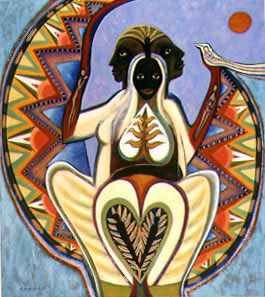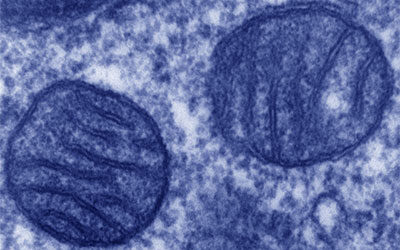Can you tell me why your organization is so against soy food products?
Sally’s response:
Confused about soy? Here is a summary of soy dangers:
• High levels of phytic acid in soy reduce assimilation of calcium, magnesium, copper, iron and zinc. Phytic acid in soy is not neutralized by ordinary preparation methods such as soaking, sprouting and long, slow cooking. High phytate diets have caused growth problems in children.
• Trypsin inhibitors in soy interfere with protein digestion and may cause pancreatic disorders. In test animals soy containing trypsin inhibitors caused stunted growth.
• Soy phytoestrogens disrupt endocrine function and have the potential to cause infertility and to promote breast cancer in adult women.
• Soy phytoestrogens are potent antithyroid agents that cause hypothyroidism and may cause thyroid cancer. In infants, consumption of soy formula has been linked to autoimmune thyroid disease.
• Vitamin B12 analogs in soy are not absorbed and actually increase the body’s requirement for B12.
• Soy foods increase the body’s requirement for vitamin D.
• Fragile proteins are denatured during high temperature processing to make soy protein isolate and textured vegetable protein.
• Processing of soy protein results in the formation of toxic lysinoalanine and highly carcinogenic nitrosamines.
• Free glutamic acid or MSG, a potent neurotoxin, is formed during soy food processing and additional amounts are added to many soy foods.
• Soy foods contain high levels of aluminum which is toxic to the nervous system and the kidneys.
The Myths & Truths About Soy as well as our summary of soy dangers are provided on our Soy Alert! trifold brochure (PDF). You may print this at home or at a copy store for mass distribution. If you wish, you can order quantities of professionally printed two-color Soy Alert! trifold brochures for 25 cents each by using the Order Form.
photo: Mandala for Peace ©Betty LaDuke | Artist Betty LaDuke works with Heifer International to end world hunger by offering families in need long term solutions that work. One of the cornerstones of Heifer’s approach is “Passing on the Gift”, a cycle of sustainability where people share the offspring of their animals along with their knowledge, resources, and skills to create a circle of self-reliance that reaches around the globe.










0 Comments